Firstly, I want to say how I think that your efforts to inform people are so helpful to so many. This is what medicine is really about. I have been bitten by ticks six weeks ago, and have flu symptoms. I have started on your protocol, but being in England the herbs available to me do not have the same dosage as those you recommend. The resveratrol I have bought (Solgar), for each capsule, has root 200mg, reservatrol 100mg. The maximum dose on the jar says 1-2 capsules a day. Stephen, what is your recommendation please?
I don’t know exactly why such low doses are recommended on so many herbal supplements. In some cases low doses of supplements such as zinc or B is important as overdosing can be a problem. But with knotweed, I just don’t get it. The plant is an edible and the root can be taken in quite large doses. As you can see from the journal abstract I have appended to this, doses of up to 5 grams of resveratrol alone produced no “serious adverse events.” Knotweed root itself is relatively benign, the only side effects I know of that are at all common are digestive complaints and odd tastes in the mouth, rarely loss of taste, and very rarely dizziness and lightheadedness. Chinese doses are up to 30 grams of the root daily.
To get to 5 grams of resveratrol you would need to take 50 of the Solgar capsules daily, far more than you need to treat lyme. I would recommend you begin with 2 capsules 3x daily and then work up to 8 capsules 3x daily (if you even need that much). If you do notice any adverse effects lower the dose or stop the herb. However, it should work fine. Let me know.
Phase I Dose Escalation Pharmacokinetic Study in Healthy Volunteers of Resveratrol, a Potential Cancer Chemopreventive
Abstract
The red grape constituent resveratrol possesses cancer chemopreventive properties in rodents. The hypothesis was tested that, in healthy humans, p.o. administration of resveratrol is safe and results in measurable plasma levels of resveratrol. A phase I study of oral resveratrol (single doses of 0.5, 1, 2.5, or 5 g) was conducted in 10 healthy volunteers per dose level. Resveratrol and its metabolites were identified in plasma and urine by high-performance liquid chromatography-tandem mass spectrometry and quantitated by high-performance liquid chromatography-UV. Consumption of resveratrol did not cause serious adverse events. Resveratrol and six metabolites were recovered from plasma and urine. Peak plasma levels of resveratrol at the highest dose were 539 ± 384 ng/mL (2.4 μmol/L, mean ± SD; n = 10), which occurred 1.5 h post-dose. Peak levels of two monoglucuronides and resveratrol-3-sulfate were 3- to 8-fold higher. The area under the plasma concentration curve (AUC) values for resveratrol-3-sulfate and resveratrol monoglucuronides were up to 23 times greater than those of resveratrol. Urinary excretion of resveratrol and its metabolites was rapid, with 77% of all urinary agent-derived species excreted within 4 h after the lowest dose. Cancer chemopreventive effects of resveratrol in cells in vitro require levels of at least 5 μmol/L. The results presented here intimate that consumption of high-dose resveratrol might be insufficient to elicit systemic levels commensurate with cancer chemopreventive efficacy. However, the high systemic levels of resveratrol conjugate metabolites suggest that their cancer chemopreventive properties warrant investigation. (Cancer Epidemiol Biomarkers Prev 2007;16(6):1246-52)


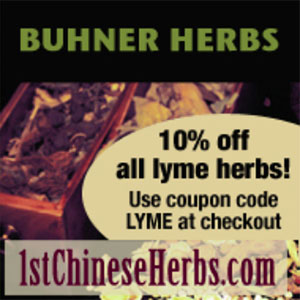


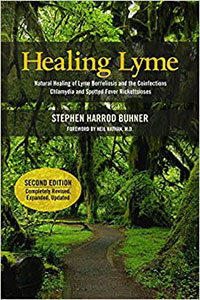
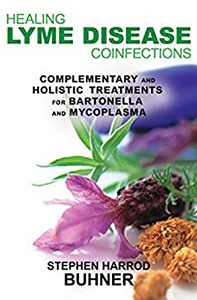
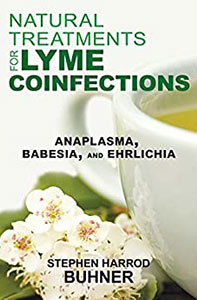
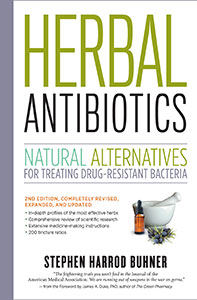
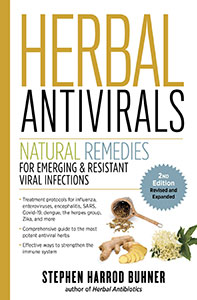



Dear Stephen,
What kind of protocols do you have available to eradicate ureaplasma without antibiotics please.
THANK YOU.
Sofia